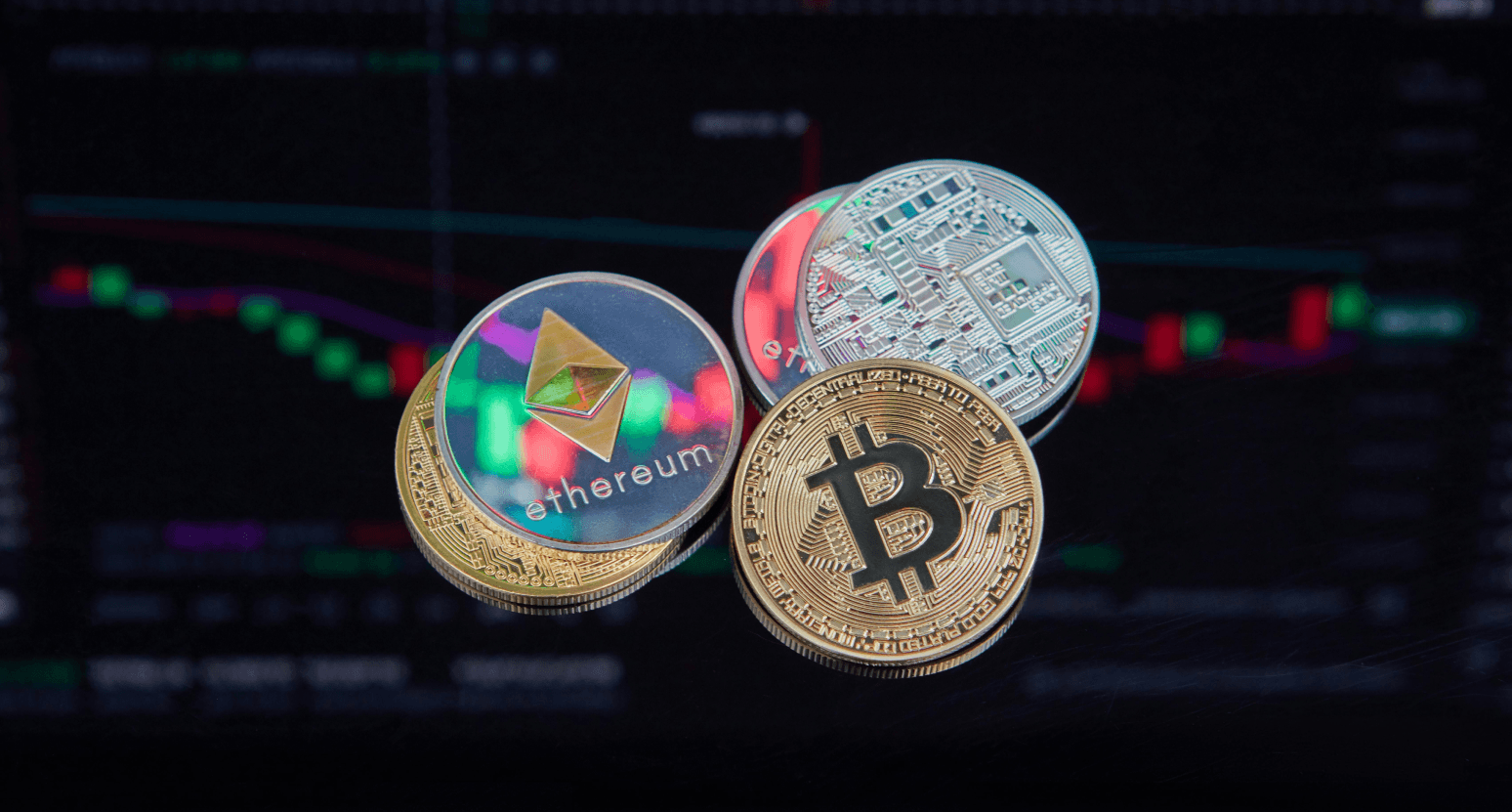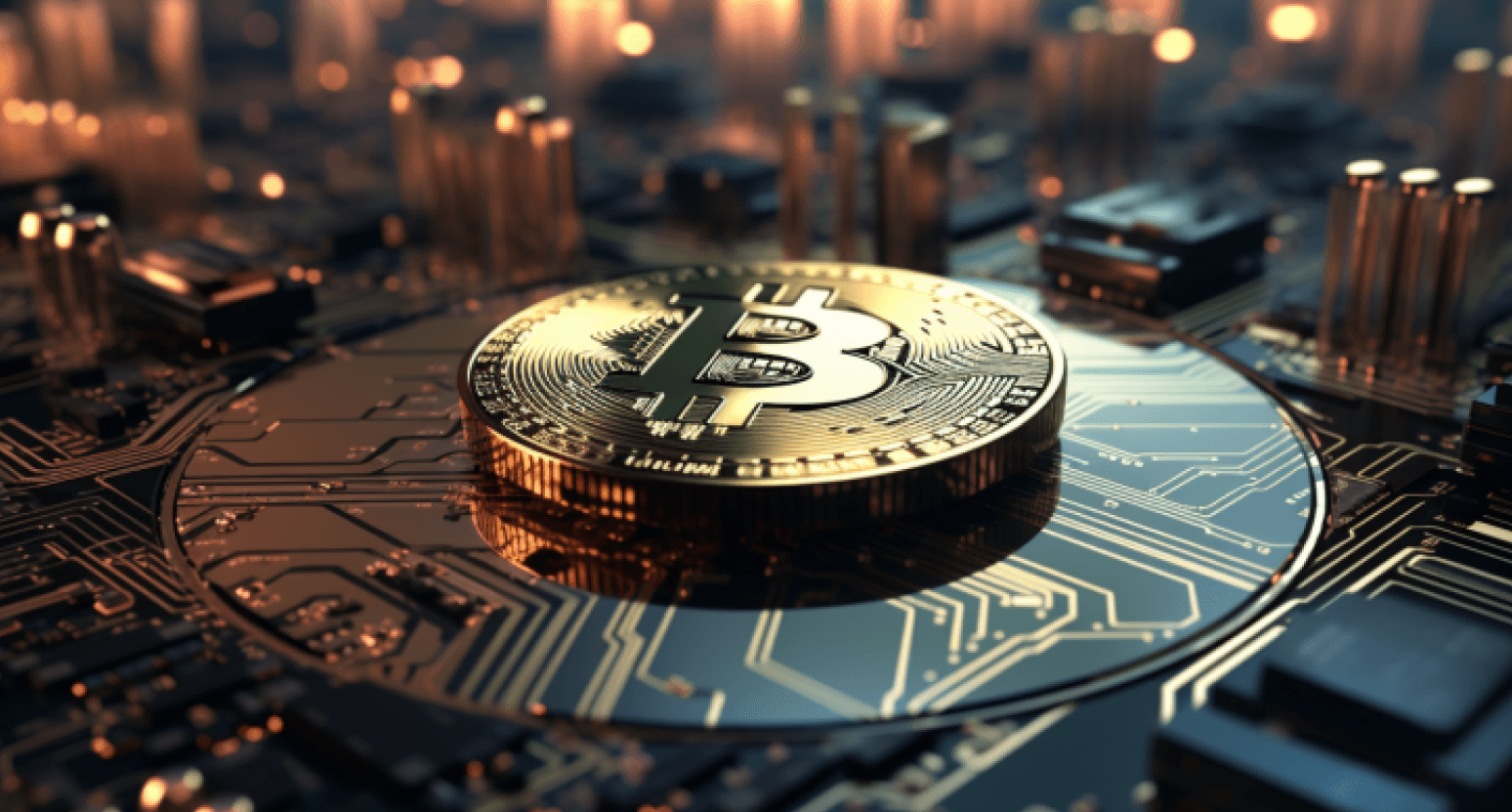
NFTs are More Than Just Digital Art
Applications of NFTs that you have yet to consider…
When most people hear the word ‘NFT’ they think of overvalued digital art, silly monkey pictures, or celebrity endorsements.
However, as I’m sure you’ve found out already, this aspect of NFTs is mostly just hype and white noise.
Yes, NFTs have found product-market fit in the rising digital art scene and they’ve made a big splash in the process, but there is much more than meets the eye with this versatile new technology.
NFTs have been heralded as a revolutionary way of creating digital scarcity. They allow for the exchange of digital assets without the interference of a third party. It’s no wonder that NFTs have successfully risen within the digital art space — they provide a way for digital artists and creators to be compensated fairly for their work, and for collectors to invest in digital assets that can be traded and sold.
NFTs have made their mark on the rising digital economy and devoted NFT communities have formed in quick succession around their favourite projects. What many don’t know is that the potential applications for NFTs are endless and it stretches far beyond digital art, ticketing and loyalty programs. Those are just the low-hanging fruit.
In this article, we’ll explore some NFT use cases that you might not have considered before.
But first…
What is an NFT?
Photo by Andrey Metelev on Unsplash
Saying ‘non-fungible token’ is a bit of a mouthful, we know.
If something is ‘non-fungible’ it means that it’s unique. For example, the Mona Lisa is non-fungible, you can make a print or replica of the Mona Lisa but it’s not the real one. Money (£/$/₿) on the other hand is fungible, it’s interchangeable.
The ‘token’ part of NFT basically means that it has a digital fingerprint, something that it can be identified by on a blockchain. Like a fingerprint, it can’t be forged. You can trade, track and verify NFTs easily because of this.
Non-fungible tokens (NFTs) are a useful way to give scarcity, authenticity or identifiability to an item. Digital art, gaming items and event tickets have seen rapid adoption of NFTs in recent times and the reasons for this are quite clear — all of those industries benefit greatly from improvements in scarcity, authenticity or identifiability.
However, NFTs have the potential to transcend far beyond the digital world.
Physical NFTs
Physical assets are leaning into the authenticity and identifiability benefits of NFTs. By attaching an NFT to a physical item you make it easier to trace its provenance, identify its owner and prove its authenticity.
In practice, having a physical item with an NFT attached to it is fairly frictionless, it can be as simple as attaching a QR code to it that people can easily scan. NFTs are useful to add to physical artwork because it’s an easy way to quash illegitimacy concerns about a high-value item.
Supply Chains
NFTs in the supply chain act like a digital passport, they are checked at regular intervals as they travel from one place to another along the supply chain.
For extra security, Near Field Communication (NFC) tag chips can be used to provide continuous updates to the blockchain whilst products are being moved. These added security measures are an efficient way to securely track items and identify at what stage they have been mishandled.
Counterfeiting
There can never be two identical NFTs, they are impossible to replace with counterfeit versions. This is in contrast to other counterfeit products which are often hard to identify, especially on resale marketplaces. Through the use of NFTs, we can protect customers from purchasing illegitimate goods.
Let’s say you want to buy a designer t-shirt, you go onto a resale marketplace and find one in good condition. Before you press the buy button you check to see if the seller has the corresponding NFT, they don’t have it.
Even if the designer t-shirt is real, you can be certain that something is wrong here. At some point, the NFT and the physical item have been separated from one another, possibly because the t-shirt has been stolen or otherwise mishandled.
By using NFTs you can easily check the authenticity of goods to make informed purchasing decisions. NFTs are a formidable opponent against fraudsters and thieves.
CONCLUSION
Why haven’t NFTs taken over global supply chains and all authenticity processes yet?
Blockchain technology and NFTs have some hurdles to overcome before they are adopted by the mainstream. This technology is new and regulators are undecided on how exactly to treat NFTs or the wider blockchain industry. As these technologies are still unregulated they tend to attract bad actors, the result is that many people lose money to scams and the reputation of the entire NFT industry gets tarnished, it also shifts the conversation away from the value and improvements that they can bring.
Using blockchain-based technologies like NFTs can be tricky, and both the user experience and custody aspects of NFTs need to improve. It needs to be easy to use and store NFTs and very hard to accidentally lose them. Blockchains in their current form would not be able to effectively scale to meet the needs of our population. As NFTs rely on blockchains, they are also not ready to scale to billions of users.
In the future, we believe that there will be times when you aren’t even aware that you are using blockchain technology. It will be operating in the background, providing better infrastructure for the systems we use. NFTs on the other hand will play a more front-and-centre role, especially when it comes to the tracking and authentication of goods.

What Gives Cryptocurrency Value?
Explore what gives cryptocurrency real value, beyond its digital nature. Understand the key elements of utility, trust,...
Read now
What Is Cryptocurrency?
Discover the origins and true meaning of cryptocurrency in simple terms. Learn how cryptography enabled secure...
Read now
A deeper look at blockchain technology
Learn the essential technical foundations of revolutionary blockchain technology including distributed ledgers...
Read now